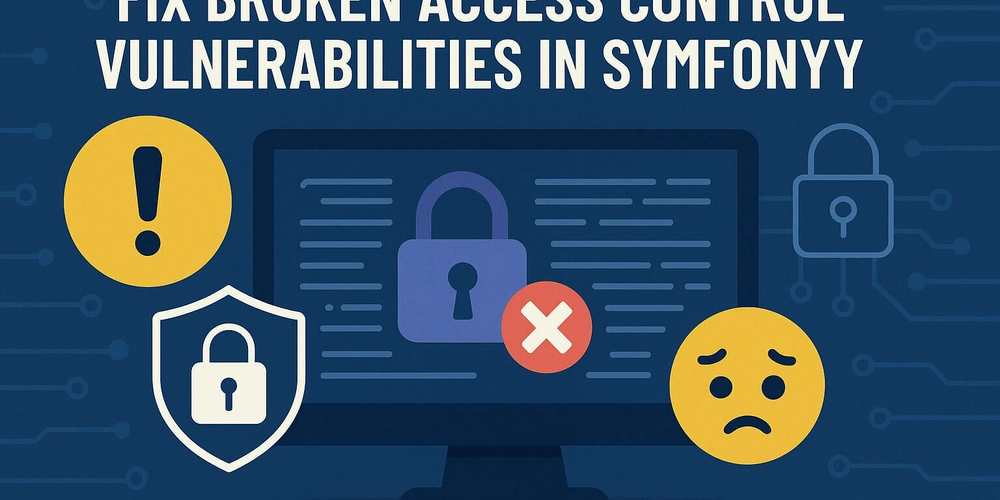
Ace Git Basics: A Practical Guide for Beginners to Version Control
Want to collaborate on code projects smoothly and avoid the chaos of overwriting each other's work? Understanding Git basics is your superpower. This guide breaks down essential Git commands in simple terms. Master these, and you'll be a version control pro in no time! Ready to dive in?
1. Start Here: Initializing Your Git Repository (git init)
Think of git init as the key to unlocking Git's tracking abilities in your project.
- This command transforms your project folder into a Git repository.
- It creates a hidden
.gitfolder, where Git stores all the version control magic. - Run it once at the beginning of a new project:
git initin your terminal.
2. Picking What to Track: Adding Files to the Staging Area (git add)
Before you can save changes, you need to tell Git what to save. That's where git add comes in.
- This command moves files from your working directory to the staging area.
- The staging area is like a preparation zone for your next commit.
- Add specific files:
git add filename.txt. Add everything withgit add .
3. Capturing Snapshots: Committing Your Changes (git commit)
git commit takes a snapshot of your staged changes and saves them in your project's history.
- It's like creating a save point in a video game—you can always return to it.
- Always include a descriptive message explaining why you made the changes.
- Example:
git commit -m "Add new feature"
4. Peeking Under the Hood: Checking Your Repository's Status (git status)
git status is your window into the current state of your project, showing what's changed and what's ready to be saved.
- See which files are modified but not staged (untracked changes).
- Check which files are in the staging area, ready to be committed.
- Stay informed and avoid accidental commits.
5. Time Traveling: Reviewing Your Commit History (git log)
git log lets you explore the history of your project, showing who made what changes and when.
- Each commit has a unique hash ID, author, and commit message.
- Use it to trace bugs, understand past decisions, and revert to previous versions.
- Scroll through with the arrow keys or press
qto quit.
6. Branching Out: Exploring Parallel Development (git branch)
Branches allow you to work on new features or bug fixes without disrupting the main codebase.
git branchshows existing branches, with an asterisk marking the current one.- Create a new branch:
git branch feature-1. - Switch to it using
git checkout feature-1.
7. Renaming Your Primary Branch (git branch -M main)
Renames your current branch (often master) to main.
- The
-Mflag forces the rename if the target name already exists.
8. Setting Your Identity: Configuring User Details (git config --global user.name & git config --global user.email)
Git needs to know who you are to properly attribute your commits.
- These commands set your name and email globally for all Git repositories on your machine.
- Example:
git config --global user.name "Your Name"andgit config --global user.email "[email protected]".
9. Sharing Your Work: Pushing to a Remote Repository (git push)
git push sends your local commits to a remote repository like GitHub, GitLab, or Bitbucket.
- It's how you share your work with collaborators and back up your code.
- The first time you push a branch, use
-uto link it to the remote branch:git push -u origin main.
By mastering these essential Git commands, you'll be well-equipped to manage your code, collaborate with others, and confidently navigate the world of version control using Git basics. Start practicing these Git commands today!










